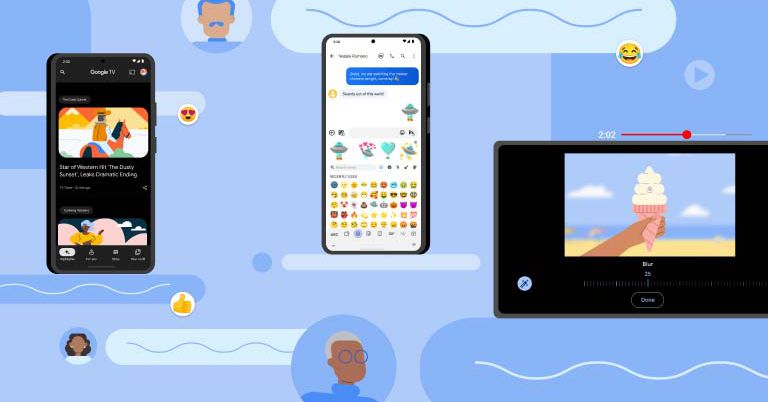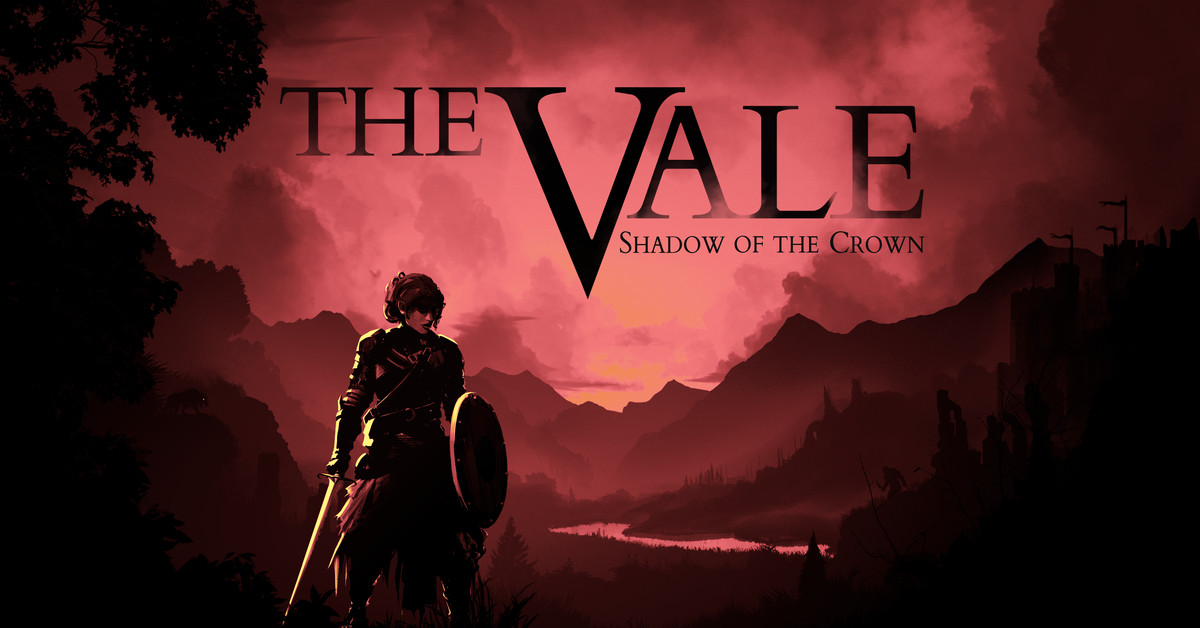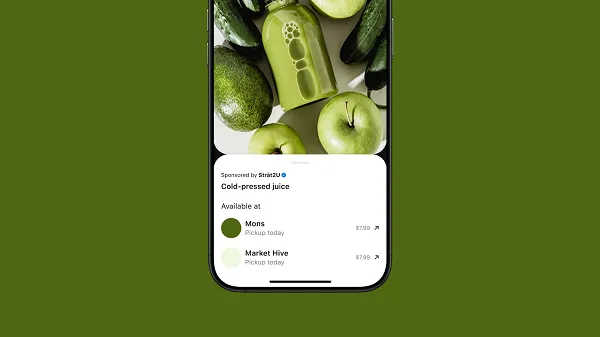Shutterless cameras deserve good shutter sounds
The Nikon Z9’s stacked sensor doesn’t require a mechanical shutter, but that doesn’t mean its users don’t need good feedback from their cameras. | Photo by Becca Farsace / The VergeSnapping a camera’s shutter to take a picture is...
/cdn.vox-cdn.com/uploads/chorus_asset/file/24369087/226490_Nikon_Z9_BFarsace_0006.jpg)
Snapping a camera’s shutter to take a picture is one of the best feelings in photography. You get a timeless, tactile feedback as you capture every decisive moment with a satisfying auditory “click” sound. But we’re slowly losing this hallmark of picture-taking. Not only because smartphones are replacing full-size cameras for most people but because more cameras are being built without mechanical shutters at all.
Nikon’s flagship Z9 and newer Z8 cameras forego traditional shutters entirely, so instead of hearing and feeling a mechanical action, you either hear nothing at all or are played the sound of a fake shutter. Just this week, Nikon released firmware 4.0 for the Z9, which added a slew of new features, including extra shutter sounds: a beep, a DSLR-like chonk, a classic film-era clack, and a rangefinder snap. I love the idea of being able to pick my own shutter sound, and bringing back some classics is a fun way to embrace the lineage of photography while taking advantage of the latest technology. But I’m left slightly disappointed if this is all we’re going to get. I think camera companies can (and should) do a whole lot more.
All camera companies should do this but better
First off, where did these new Z9 shutter sounds come from? Were they modeled off of specific Nikon cameras? I reached out to Nikon and asked, but communications manager Geoffrey Coalter told me, “I don’t have the information as to whether or not it is a specific camera model, I’m sorry to say.” Which is a bummer because when I hear someone say “Nikon DSLR sound,” I immediately think of my old D700 and D3. When I hear “Nikon film camera,” I think of my F5, FE2, or the timeless F3 I used in school. And if you’re talking about Nikon and a “rangefinder-style sound,” you better believe I want it to be the beautiful S2 that I’ve only ever seen in pictures.
All those old cameras have unique shutter sounds, and I bet anyone who has used them can recognize them (I know I can recognize the sounds of a D700, D3, and various Leicas). Each one is imprinted on you after thousands of captures and years of use. That’s why I think all camera companies should follow Nikon’s lead and lean into it further while maybe having some fun with it too. Nikon Japan recently teased the idea of playing a cat’s meow as the Z9 shutter sound, but now it’s keeping things so generic and safe when it’s time to deliver the feature to photographers who ponied up $5,500. Come on, Nikon — pros can have fun, too!
Why don’t we get a little wild with it? In addition to giving us camera sounds based on actual historic models, give us some quirky and different sounds. Ever try photographing a child and get them to look directly at your camera? It’s a total pain, and you usually have to act like a weird fool to get a glimmer of their attention. I bet if you could call up a shutter sound that alternates between cartoon-like beeps and boops, it may more easily draw their eyes to the camera as they’re being photographed.
Let my camera meow like a cat, damnit
Heck, if all of that is too strange for a straight-laced camera company, then let me upload my own sound effects to the camera so I can be as nerdy or as deranged as I want (though I’ll acknowledge this opens up Pandora’s box for potential abuse from creeps and jerks).
Now, before anyone tells me that this is all fruitless because the best part of shutterless cameras is shooting blackout-free with no sound at all, I ask — is it? One of my cameras is a Sony A9 II, and it exemplifies how weird not hearing and feeling a shutter can be. Unlike the new Nikons, the A9 II has a mechanical shutter, but its stacked sensor permits full-time use with its silent electronic shutter. However, the only time I switch it to e-shutter is when I’m photographing a quiet event like a wedding ceremony or my niece’s recent kindergarten graduation.
Photo by Becca Farsace / The Verge
It’s helpful to shoot completely silently in those scenarios, but it’s jarring to not get any feedback from the camera as you’re snapping away — especially because Sony shutter buttons are mushy and lack a clear actuation point when bottoming out. (The amount of accidental frames I’ve shot or timed wrong in silent mode because there’s too much play in the button is maddening.)
If shutterless cameras are our future in photography (and I think they are — and may eventually open up further computational potential), camera companies need to think deeper about what we’re losing as much as what we gain. Give us the fun of quirky and historic shutter sounds, and put more effort into making those shutter buttons as tight and physically communicative as possible. Perhaps future cameras can have a small bit of haptic feedback built into the button or surrounding area that’s akin to what Apple puts into its iPhones — trusting that it doesn’t cause image blur. Or let me connect a pair of Bluetooth earbuds so I can still hear the fake shutter sound myself without disturbing anyone.
We all know there’s been an ongoing trend of photo enthusiasts returning to film photography and vintage cameras, and when you talk to them, they usually speak of the joy of using a truly mechanical camera. If our new cameras continue feeling more and more like computers, let’s try to maintain at least a tiny bit of that old-world lineage. Things like shutter sounds and tactile feedback — even if they have to be faked — offer a tangible benefit that users shouldn’t one day lose out on.

 Fransebas
Fransebas 
































